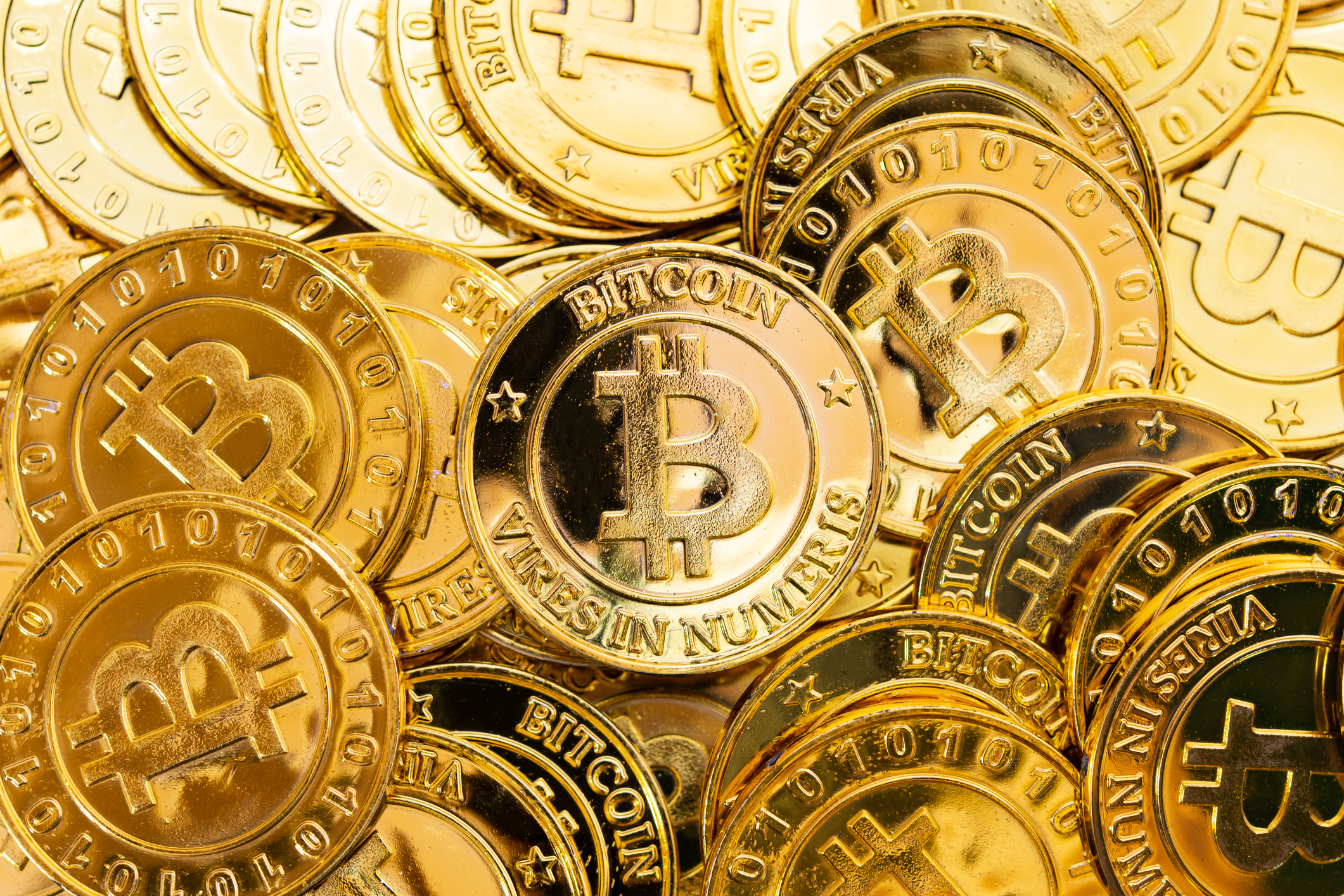
Digital Rights Management (DRM) and anti-piracy measures are tools used by content creators, software developers, and companies to protect their intellectual property from being illegally copied or distributed. While these measures serve an important purpose, they can also impact consumer rights and access to digital content. This guide will provide an overview of DRM and anti-piracy measures, how they work, and their impact on consumers.
What is DRM?
DRM is a set of technologies and measures used to protect digital content from unauthorized copying or distribution. It works by encrypting the content, making it accessible only to authorized users who have obtained a license to access the content. DRM can be applied to a wide range of digital content, including music, movies, e-books, software, and games.
How does DRM work?
DRM works by controlling access to digital content through the use of licenses or keys. When a user purchases digital content, they receive a license or key that grants them access to the content. The content is encrypted and can only be accessed using the license or key.

DRM can also be used to control how users can access and use the content. For example, DRM can restrict the number of devices on which the content can be accessed or limit the duration of the access period. This can impact the user’s ability to enjoy the content and may also result in the consumer having to purchase the content again for continued access.
What are anti-piracy measures?
Anti-piracy measures are actions taken to prevent the unauthorized copying, distribution, or sale of digital content. These measures can include legal action against individuals or companies engaged in piracy, technical measures to prevent copying or distribution, and education and awareness campaigns to discourage piracy.
How do anti-piracy measures work?
Anti-piracy measures work by making it difficult or impossible to copy or distribute digital content without authorization. These measures can include digital watermarks, which identify the source of the content and discourage unauthorized copying, and legal action against individuals or companies engaged in piracy.
What is the impact of DRM and anti-piracy measures on consumers?
DRM and anti-piracy measures can impact consumer rights and access to digital content in several ways. These measures can limit the ability of consumers to access and use digital content, create compatibility issues with devices and software, increase costs for consumers, and raise privacy concerns. Some consumers may also find DRM and anti-piracy measures to be overly restrictive or inconvenient.
Conclusion
DRM and anti-piracy measures are essential tools used by content creators, software developers, and companies to protect their intellectual property. However, these measures can also impact consumer rights and access to digital content. It is essential for content creators and companies to balance their need for protection with the rights and needs of consumers. By understanding the basics of DRM and anti-piracy measures and their impact on consumers, consumers can make informed decisions about how to access and use digital content while content creators and companies can implement these measures in a way that is fair and beneficial for all parties involved.









